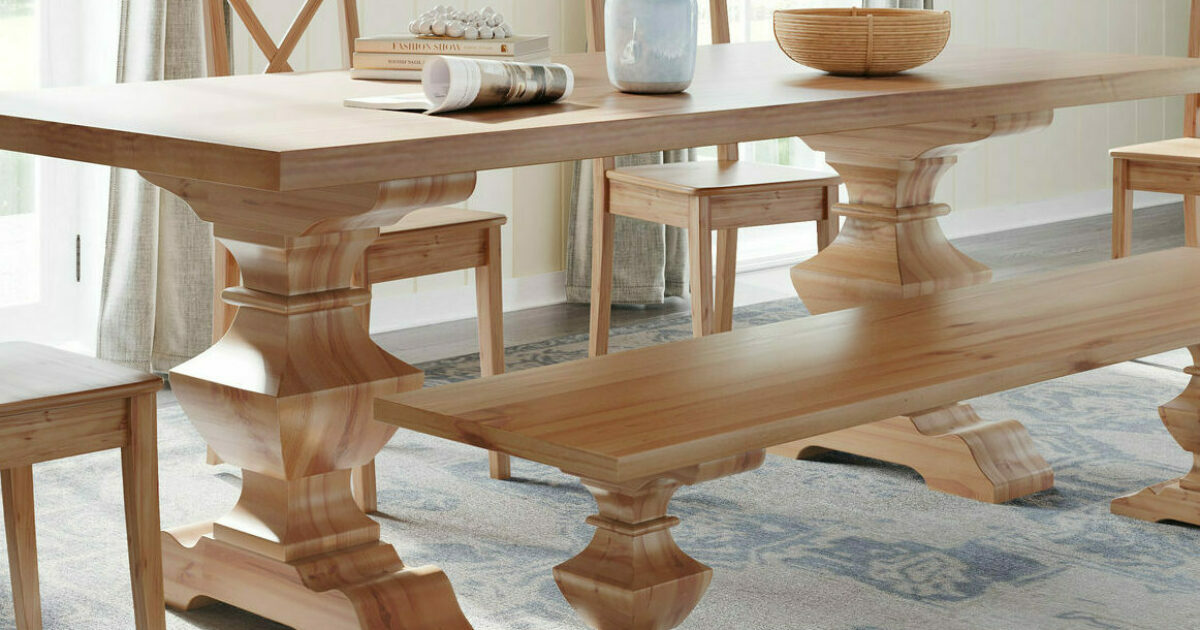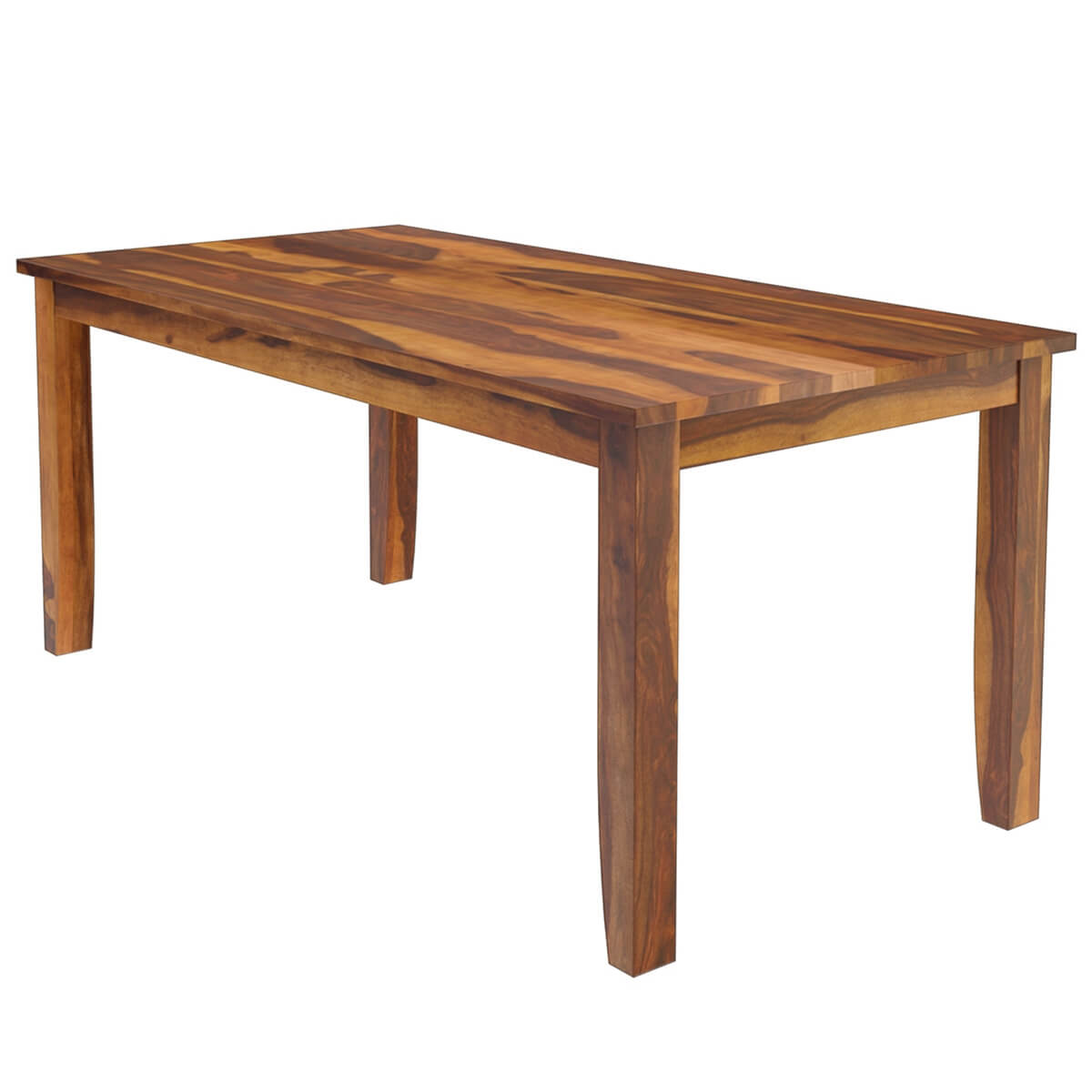Include a Rustic Touch to Your Table with Standard Dining Table Legs Wood
Include a Rustic Touch to Your Table with Standard Dining Table Legs Wood
Blog Article
Necessary Considerations for Choosing the Right Table Legs Timber
Picking the appropriate wood for eating table legs involves a nuanced understanding of various factors that influence both functionality and visual allure. The selection of timber kind, varying from durable woods to more delicate softwoods, plays an essential duty in ensuring resilience and stability. Each of these components can drastically impact the overall experience of your dining room.
Relevance of Timber Type

Hardwoods, such as maple, walnut, and oak, are commonly favored for their toughness and resistance to use. These sorts of wood offer a robust foundation that can withstand day-to-day usage, making them excellent for eating tables that experience regular events. On the other hand, softer woods like pine might be a lot more prone to dents and scratches, which may not be optimal for high-traffic areas.
Furthermore, the choice of timber can likewise impact the ease of upkeep. Some timbers require regular oiling or securing to protect their appearance, while others might be a lot more forgiving. Ultimately, picking the proper wood kind entails balancing aesthetic factors to consider with practical needs, guaranteeing that the eating table legs not just look enticing however likewise stand the test of time.
Analyzing Security and Strength
When reviewing table legs, one must take into consideration the stability and toughness they supply to the overall framework. The legs are vital in sustaining the tabletop and making certain the dining experience is safe and satisfying. A stable table is necessary for avoiding tottering or tipping, which can cause spills or crashes during dishes.
The choice of timber kind considerably influences strength. Hardwoods such as walnut, maple, and oak are usually more durable and robust than softwoods like ache or fir. Additionally, the thickness and style of the legs play a crucial function; thicker legs or those with a conical layout can offer much better assistance and security.

Aesthetic Factors To Consider
While functionality is vital, the visual appeal of dining table legs can not be forgotten, as they significantly influence the total style and setting of the eating room. The choice of layout, wood, and finish can boost or take away from the table's visual effect.

Finishes likewise play a crucial function in aesthetics. A natural coating can highlight the timber's intrinsic appeal, while repainted or stained legs can introduce shade and individuality visit here into the space. Moreover, the percentage and scale of the legs about the table top and bordering furnishings must check these guys out be thought about to make sure aesthetic equilibrium and cohesion.
Eventually, the eating table legs need to not just offer a useful purpose but also add to a cohesive and inviting atmosphere, making them an important consideration in the general style of the dining area.
Maintenance Demands
To guarantee durability and protect the charm of wooden table legs, regular maintenance is important (Dining Table Legs Wood). Wood is a natural product that can be at risk to harm from dampness, warmth, and wear. Establishing a routine treatment plan will substantially boost the longevity of your eating table legs.
Begin with routine dusting using a soft, lint-free towel to get rid of dirt and debris that can damage the surface area. For more comprehensive cleansing, make use of a moderate soap service and damp towel, staying clear of excess wetness that could permeate right into the wood. It is suggested to use a premium wood gloss or conditioner every few months to websites nurture the wood and maintain its gloss.
Address any type of damages or scratches immediately with appropriate wood filler or touch-up pens to protect against further degeneration. By sticking to these maintenance demands, you will certainly not just preserve the aesthetic charm of your wood dining table legs however likewise expand their functional life expectancy.
Spending Plan and Cost Elements
Budget plan and expense aspects often play a crucial role in the decision-making process for selecting wooden table legs. When assessing options, it is vital to establish a clear budget plan that lines up with your general furniture investment. The cost of wooden eating table legs can vary substantially based on the kind of wood, craftsmanship, and design complexity.
Woods such as oak, cherry, and walnut generally command greater costs because of their sturdiness and aesthetic appeal. In comparison, softer timbers like yearn may be extra affordable yet may not provide the very same long life. Additionally, custom or artisan-crafted legs can sustain additional costs, mirroring the skill and time purchased their development.
It is also vital to think about the potential lasting value of your financial investment. While selecting lower-cost materials could seem monetarily prudent originally, they may require even more frequent substitute or repairs, inevitably enhancing total expenditure.
Consequently, balancing top quality and cost is crucial. Prioritize products that meet your visual choices while ensuring they fit pleasantly within your budget plan, permitting you to create an eating location that is both visually attractive and functional.
Final Thought
Finally, selecting the proper wood for dining table legs demands careful consideration of different factors, including wood kind, security, aesthetics, maintenance, and budget plan. Woods such as oak and walnut provide exceptional longevity and strength, while style and density add to total stability. Aesthetic charm and upkeep needs must line up with private choices and way of living. Ultimately, a knowledgeable choice will certainly boost the long life and aesthetic appeal of the dining table, making certain satisfaction and performance for many years to find.
Choosing the best type of timber for eating table legs is vital for both visual charm and structural honesty. Inevitably, picking the proper wood type entails stabilizing aesthetic considerations with sensible needs, making sure that the dining table legs not just look enticing however also stand the examination of time.
It is a good idea to apply a top notch wood gloss or conditioner every couple of months to nourish the timber and preserve its radiance.
The price of wood dining table legs can differ considerably based on the type of layout, wood, and workmanship complexity.
In verdict, choosing the appropriate timber for dining table legs requires careful factor to consider of various variables, including timber type, security, aesthetic appeals, upkeep, and budget plan.
Report this page